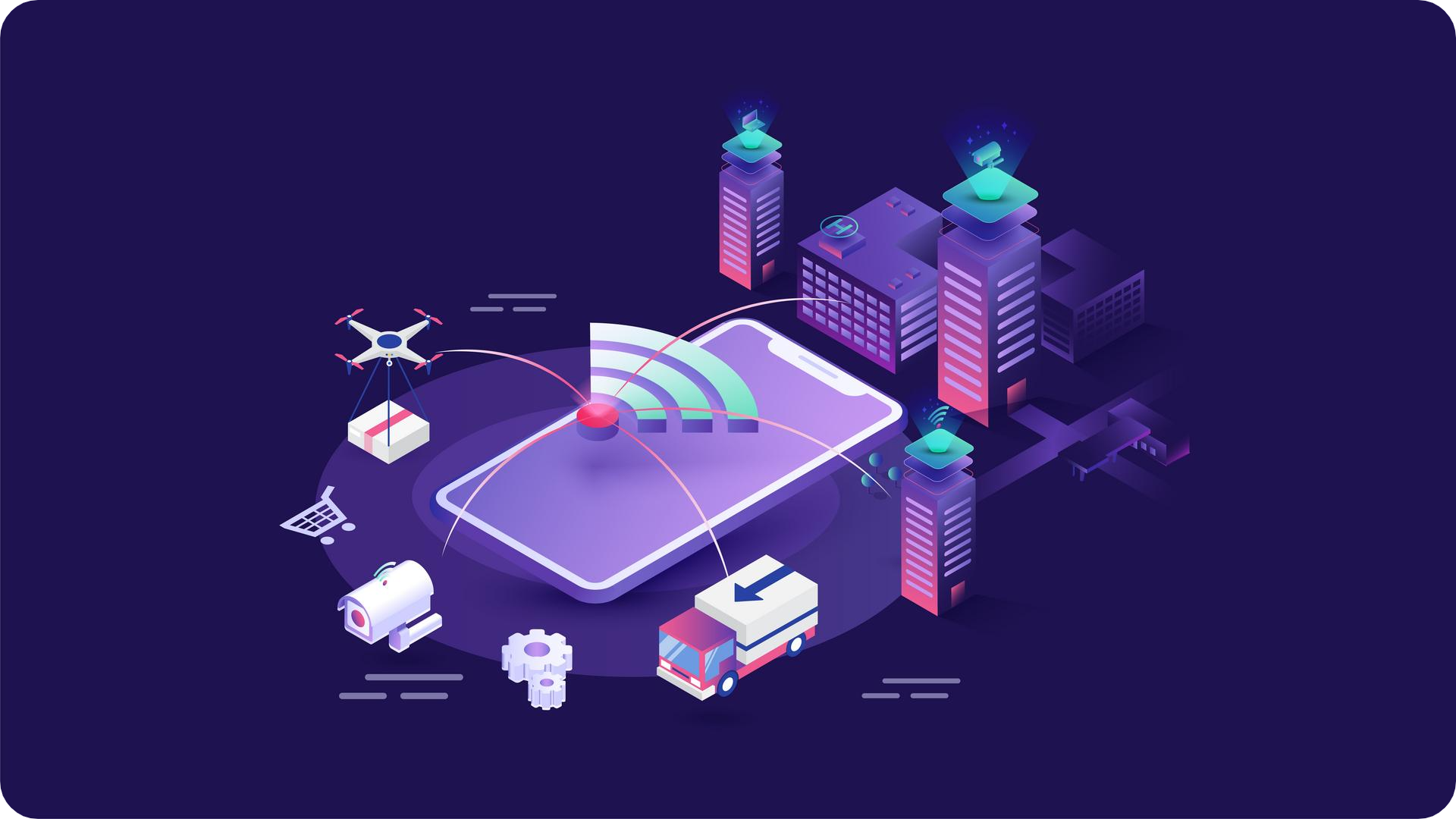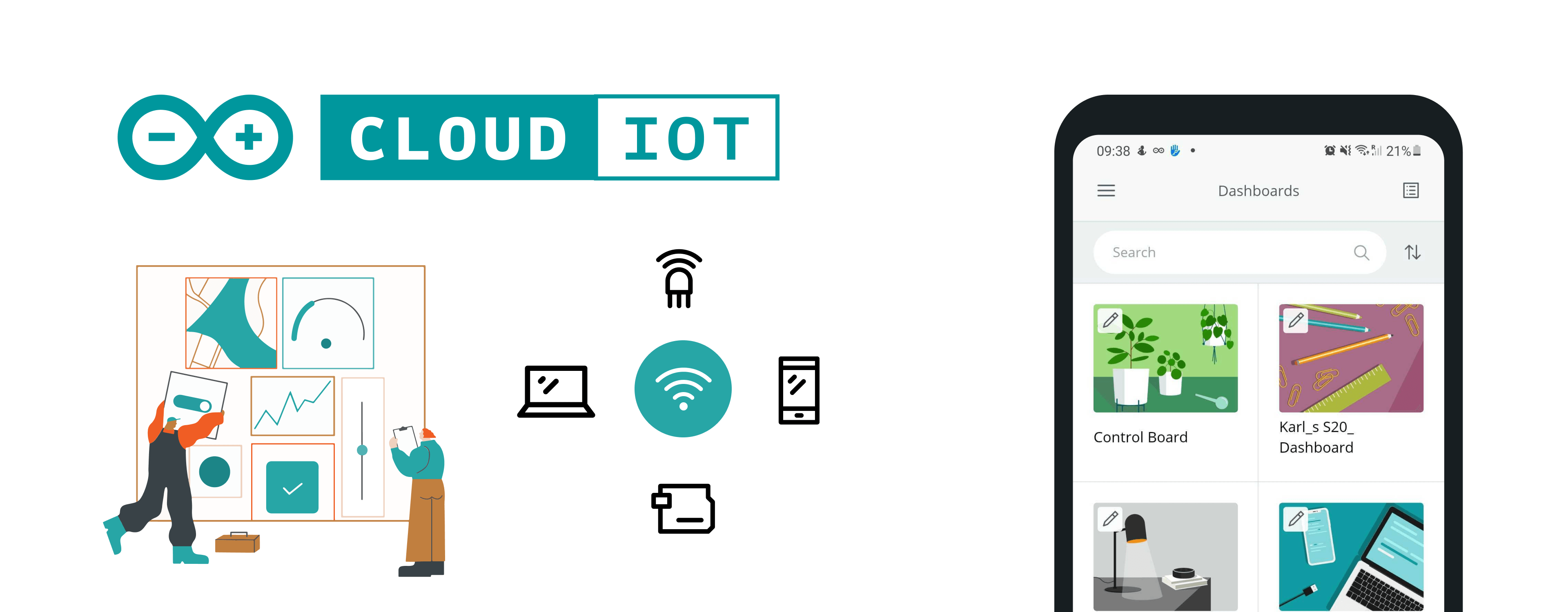Efficiently managing IoT devices remotely through an Android device has become indispensable in today's interconnected era. As the number of smart devices in homes and businesses continues to grow, the ability to monitor and control them from anywhere is transforming the way we interact with technology. Whether you're a tech enthusiast or a business owner, learning how to remotely manage IoT devices can save time, enhance security, and boost productivity. This article will delve into the intricacies of remote IoT management behind a router using an Android device, equipping you with the knowledge and tools to maximize this technology's potential.
In recent years, the Internet of Things (IoT) has revolutionized daily life, introducing smart thermostats, security cameras, and countless other devices designed to simplify and enhance efficiency. However, managing these devices remotely, especially when they're behind a router, can pose challenges. Android devices offer a versatile and user-friendly solution, enabling seamless access and control from virtually anywhere. By harnessing the capabilities of Android, you can ensure your IoT devices remain fully functional and optimized at all times.
This comprehensive guide will explore the technical aspects of remote IoT management, including configuring your router, setting up your Android device, and addressing common issues. We'll also emphasize the importance of security, offering practical tips to safeguard your IoT network against potential threats. By the end of this article, you'll have a thorough understanding of how to effectively manage IoT devices remotely, empowering you to take full control of your smart ecosystem.
Read also:Roman Reigns A Journey To Wrestling Greatness
Table of Contents
- Introduction to IoT and Remote Management
- Setting Up Your Router for Remote Access
- Configuring Your Android Device
- Choosing the Right IoT Management App
- Securing Your IoT Network
- Common Issues and Troubleshooting
- Advanced Remote Management Techniques
- Benefits of Remote IoT Management
- Future of IoT and Remote Management
- Conclusion and Call to Action
Understanding IoT and Remote Management
The Internet of Things (IoT) encompasses a vast network of interconnected devices, each embedded with sensors, software, and connectivity capabilities that enable them to collect and exchange data. These devices range from simple household items like smart bulbs to sophisticated industrial machinery. Remote management of IoT devices involves the ability to monitor and control these devices from a distance, typically via a smartphone or computer.
Remote IoT management is especially crucial when devices are located behind a router, which serves as a gateway between your local network and the internet. To ensure smooth connectivity, specific configurations are necessary. Android devices, renowned for their widespread adoption and versatility, provide an ideal platform for remote IoT management. Their intuitive interfaces and robust functionality make them an excellent choice for managing smart ecosystems effectively.
Why Remote IoT Management Is Essential
- Convenience: Gain instant access to and control over your devices from anywhere in the world.
- Security: Monitor and safeguard your IoT network remotely, minimizing the risk of unauthorized access.
- Efficiency: Automate routine tasks and optimize the performance of your devices to enhance productivity.
Remote IoT management offers more than just convenience; it ensures that your devices remain secure and fully functional, even when you're not physically present. By embracing this technology, you can maintain seamless control over your smart ecosystem.
Configuring Your Router for Remote Access
Before you can remotely manage IoT devices behind a router, it's essential to configure your router to allow external access. This typically involves setting up port forwarding and enabling remote management features, ensuring that your devices are accessible from outside your local network.
Step 1: Access Your Router's Admin Panel
To begin the configuration process, access your router's admin panel. This can usually be done by entering the router's IP address into a web browser. Common IP addresses include 192.168.1.1 or 192.168.0.1. Once you've entered the address, log in using your router's credentials to gain access to its settings.
Step 2: Enable Port Forwarding
Port forwarding is a critical step in allowing external devices to access your IoT devices. It directs incoming traffic to the correct internal IP address, ensuring seamless connectivity. Follow these steps to set up port forwarding:
Read also:Stephen A Smith The Journey To A Billiondollar Empire
- Navigate to the "Port Forwarding" section in your router's admin panel.
- Create a new rule for each IoT device you wish to manage remotely.
- Specify the external port, internal IP address, and internal port for each device to establish a direct connection.
Step 3: Enable Remote Management
Some routers come equipped with a built-in remote management feature, allowing you to access the admin panel from outside your local network. Enable this feature and set a strong, unique password to prevent unauthorized access and ensure your network remains secure.
Setting Up Your Android Device for IoT Management
Once your router is configured for remote access, the next step is to prepare your Android device for managing your IoT devices. This involves installing the appropriate apps and ensuring your device's security is prioritized to protect your smart ecosystem.
Step 1: Install an IoT Management App
A wide range of IoT management apps is available for Android devices, including popular options like Google Home, Amazon Alexa, and TP-Link Kasa. Choose an app that is compatible with your IoT devices and download it from the Google Play Store to begin the setup process.
Step 2: Connect to Your IoT Devices
After installing the app, open it and follow the instructions to connect to your IoT devices. This process typically involves scanning a QR code or entering the device's IP address. Once connected, you can effortlessly control your devices directly from the app, streamlining your remote management experience.
Step 3: Secure Your Android Device
Protecting your Android device is essential to ensuring the security of your IoT network. Use a strong, unique password, enable two-factor authentication, and regularly update your device's software to safeguard against potential threats and vulnerabilities.
Selecting the Ideal IoT Management App
With numerous IoT management apps available, selecting the right one can be challenging. Consider the following factors to make an informed decision:
- Compatibility: Ensure the app is compatible with your specific IoT devices to avoid compatibility issues.
- User Interface: Opt for an app with an intuitive and user-friendly interface for a seamless experience.
- Security Features: Choose an app with robust security measures to protect your devices and network from unauthorized access.
Top IoT Management Apps for Android
- Google Home: Perfect for managing a wide range of Google Nest devices and integrating them into your smart home ecosystem.
- Amazon Alexa: Ideal for users with Amazon Echo devices, offering seamless voice control and integration with other smart home products.
- TP-Link Kasa: A reliable choice for TP-Link smart home devices, providing easy setup and robust management capabilities.
Fortifying Your IoT Network
Security is a critical component of remote IoT management. Without proper safeguards, your IoT devices could be vulnerable to hacking and unauthorized access, compromising your network's integrity. Follow these steps to enhance your network's security:
Step 1: Use Strong Passwords
Ensure all your IoT devices and associated accounts are protected with strong, unique passwords. Avoid using default passwords, and consider utilizing a password manager to keep track of them securely.
Step 2: Enable Encryption
Encryption is a powerful tool for protecting data transmitted between your IoT devices and your Android device. Most modern routers and IoT devices support encryption protocols like WPA3, which provide robust protection against unauthorized access.
Step 3: Regularly Update Firmware
Keeping your router and IoT devices' firmware up to date is essential to protect against known vulnerabilities. Regularly check for updates and install them promptly to ensure your devices remain secure and fully functional.
Addressing Common Issues and Troubleshooting
Despite careful setup, issues may arise when remotely managing IoT devices. Below are some common problems and solutions to help you resolve them effectively:
Issue 1: Inability to Connect to IoT Devices
If you're unable to connect to your IoT devices, verify the following:
- Double-check your router's port forwarding settings to ensure they are correctly configured.
- Confirm that your IoT devices are properly connected to the network and functioning as expected.
- Restart your router and IoT devices to reset the connection and resolve any temporary issues.
Issue 2: Slow Performance
Slow performance can often be attributed to network congestion or outdated firmware. To improve performance:
- Limit the number of devices connected to your network to reduce congestion and improve speed.
- Consider upgrading to a more advanced router model with better performance capabilities.
- Ensure your IoT devices' firmware is up to date to optimize their functionality and efficiency.
Exploring Advanced Remote Management Techniques
For users seeking to elevate their remote IoT management capabilities, several advanced techniques can be explored. These methods enhance both security and efficiency, offering greater control over your smart ecosystem.
Using a Virtual Private Network (VPN)
A Virtual Private Network (VPN) can significantly enhance security by encrypting all data transmitted between your Android device and your IoT network. It also allows you to access your network as if you were on the local network, eliminating the need for port forwarding and streamlining the connection process.
Implementing Automation
Automation can greatly simplify remote IoT management by enabling you to schedule tasks and create custom routines. Many IoT management apps offer advanced automation features that can be tailored to meet your specific needs, streamlining your daily operations and enhancing efficiency.
Advantages of Remote IoT Management
Remote IoT management provides numerous benefits, transforming the way we interact with technology and manage our smart ecosystems. Key advantages include:
- Increased Convenience: Enjoy the ability to control your devices from anywhere, enhancing flexibility and accessibility.
- Enhanced Security: Monitor and secure your network remotely, minimizing the risk of unauthorized access and potential threats.
- Improved Efficiency: Automate tasks and optimize device performance to streamline operations and maximize productivity.
By leveraging remote IoT management, you can ensure your devices remain secure and fully functional, even when you're not physically present. This technology empowers you to maintain complete control over your smart ecosystem, enhancing both convenience and peace of mind.
The Future of IoT and Remote Management
The future of IoT and remote management is bright, with advancements in technology promising even greater capabilities and opportunities. Emerging trends include:
- AI and Machine Learning: Enhanced automation and predictive maintenance capabilities, enabling smarter and more efficient device management.
- 5G Connectivity: Faster and more reliable connections, reducing latency and improving overall performance.
- Edge Computing: Reduced latency and improved performance through localized data processing, ensuring faster and more efficient operations.
As these technologies continue to evolve, remote IoT management will become even more powerful and accessible, offering new possibilities for

